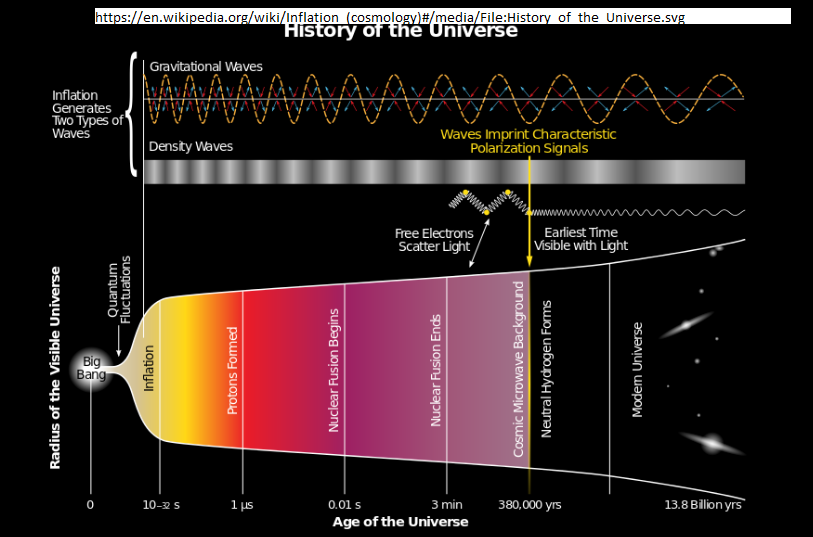If spacetime itself is expanding, how could we ever tell?
It is a common question, if everything is expanding what gives the scale? The answer: by measurements of the movement of cosmic masses.
The simplest answer is seen in the analogy of the raisin bread, the raisin being matter, the dough being space expanding.

Why are the raisins not expanding as the loaf of bread expands, but the space between them grows? Because the raisins are held by chemical bonds, electric and magnetic forces much stronger than the expansion, and remain whole because they do not participate in the chemistry of the dough.
This is a simple analogy. A raisin (if conscious) deduces that the bread loaf is expanding because all other raisins are moving away from each other. It is not an explosion, because there is no center.that can be fitted with three dimensional kinematics.
What gives a measuring stick for the raisins to measure expansion is the geometric stability of the raisins themselves :they are made of solid matter held together by electromagnetic and strong forces and keep the size, because the effective force involved in the expansion of the loaf is by orders of magnitude smaller than strong and electromagnetic forces composing the raisin. The raisins keep their size so can deduce the expansion of the loaf because they have different chemical properties than the dough. The measuring stick is their size.
Doppler redshift shows the relative speed of a star in relationship to us - but would have no effect on a space expansion.
Doppler redshift from all directions about us, see the left image above, showed that every thing is receding from everything else. As this happens in explosions, the Big Bang cosmological model came into effect. That the atoms and molecules of matter do not expand with the expansion of the "bang" is due to the strong, electromagnetic forces holding matter together against this explosion allowing for measuring sticks in the size of stars; even the gravitational forces holding the galaxies together. The effective expansion force is very much weaker and thus the measuring sticks show a "big Bang".
It is interesting to read Hubbles biography. His observations coincided with the time General Relativity became dominant in the field of cosmology:
Starting with Albert Einstein’s 1917 paper “Kosmologische Betrachtungen zur Allgemeinen Relativitätstheorien” (“Cosmological Considerations on the General Theory of Relativity”), a number of physicists, mathematicians, and astronomers had applied general relativity to the large-scale properties of the universe. The redshift-distance relation established by Hubble and Humason was quickly meshed by various theoreticians with the general relativity-based theory of an expanding universe. The result was that by the mid-1930s the redshift-distance relationship was generally interpreted as a velocity-distance relationship such that the spectral shifts of the galaxies were a consequence of their motions. But Hubble throughout his career resisted the definite identification of the redshifts as velocity shifts.
The concept of four dimensional space time being directly connected with the masses and energy in the universe and all the variations of modelling the universe comes with General Relativity and its mathematics. The Big Bang model is a GR model and is the mainstream cosmological model at present. It models the redshifts as expansion of four dimensional space and is not falsified at present, as it is extended to fit any new observations.
The answer to:
I'm talking about statements made by physicists that "space itself" is expanding.
is that we have a General Relativity mathematical model that fits all the data and observations at present, including the redshifts, by the hypothesis that four dimensional space is expanding from an original four dimensional "region". The expansion is measurable because matter is held together much more strongly than the expansion rate.

This shows a two dimensional cut of the four dimensions, time being the x axis and space the y. It is a fit to the observations, including the Hubble velocity. The other two dimensions not shown have the curvature of space too. It is the mathematical equations that give these plots, and they depend on general relativity.
We can tell, because the G.R. model fits all the data we have up to now.
See this extensive answer here.


